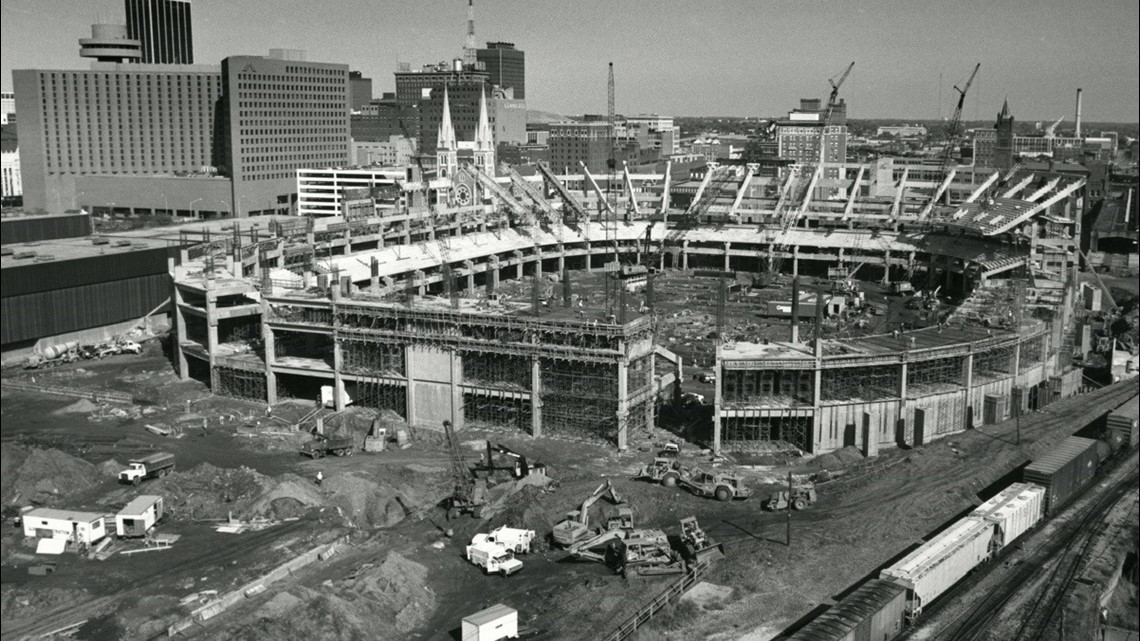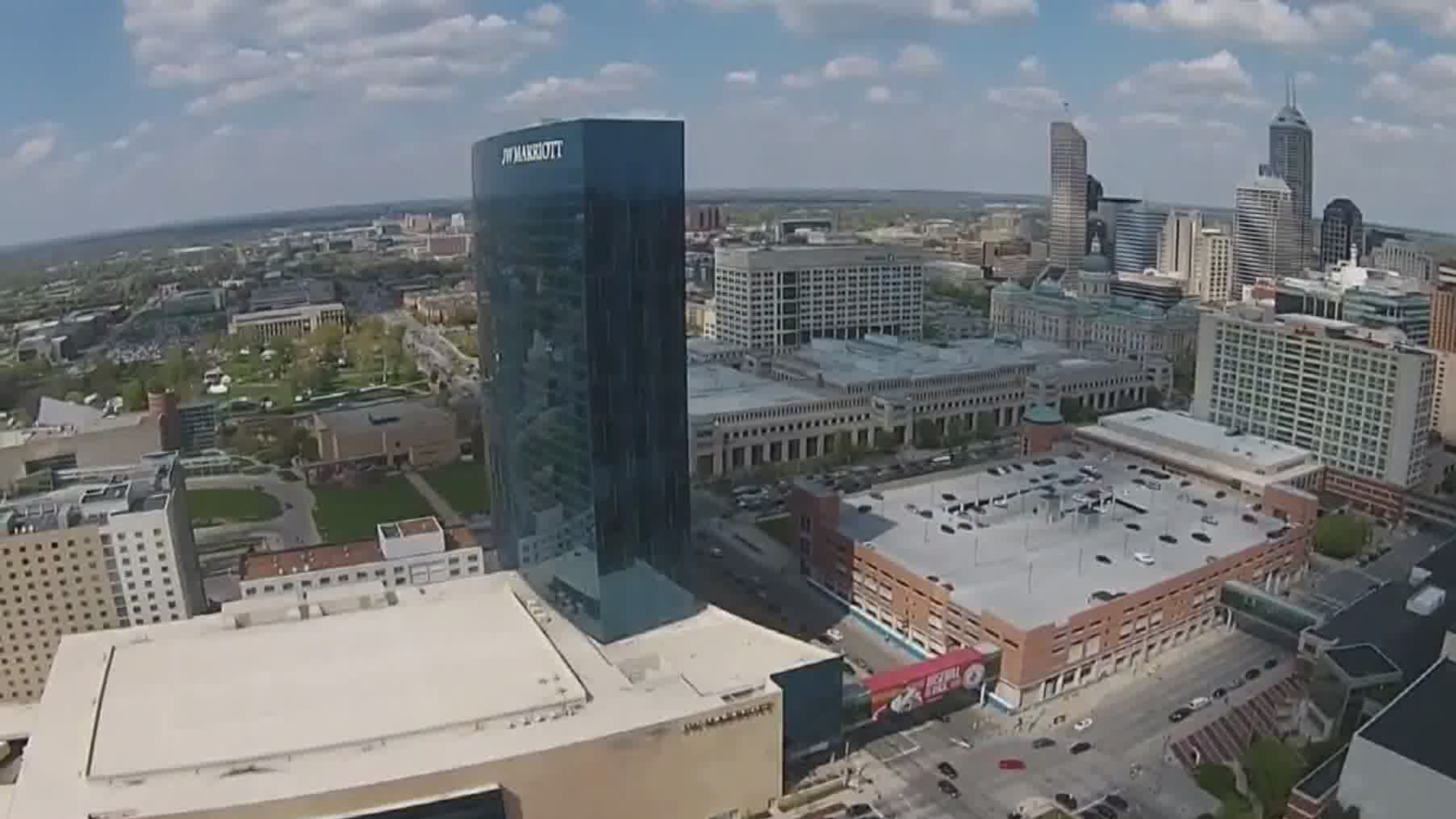INDIANAPOLIS — Downtown Indianapolis is a tourism goldmine for Indiana. Millions of people flock to the Circle City every year, but since mid-March, it's been at a standstill.
Left and right businesses are struggling to get by and as a result, hotels and restaurants are suffering.
The eerie emptiness of downtown is giving flashbacks to Indianapolis in the 1970s — when downtown streets would clear out every day after 5 p.m. and it was often referred to as "Nap Town.”
It was once famously said that "You could shoot a cannon down the street after 5 o’clock and not hit anybody."
"Downtown Indianapolis was a little bit of a ghost town after 6 o'clock and I don't think this was unusual in the country at that time. There were a lot of forces that pushed downtown residency out into the suburbs," said Jody Blankenship, president and CEO of the Indiana Historical Society.
The other issue: There wasn't much keeping Hoosiers downtown after their workdays were over. That's when city leaders in the late 1970s decided to start investing in downtown amenities and attractions.
This came when the Indianapolis and Marion County governments combined as part of "Unigov." In the 1980s, downtown really started to pick up after the construction of the Hoosier Dome and then in the 1990s when Circle Centre Mall was built.


With a lot of legwork over decades, Indianapolis became the place to visit and stick around.
"We weren't just a flyover state or passing through the crossroads but there was something here," Blankenship said.
Indy became known as a city that was safe, affordable and welcoming. In 2019, the city had a record-setting 30 million visitors, according to Visit Indy. But that has since come to a screeching halt.
Conventions and tourism – the main engines that drive Indy – have been turned off, which means money isn’t flowing.
"By closing up the convention center and hotels and people not wanting to travel or unable to travel, there’s been significant economic impact," said Chris Gahl, vice president of marketing & communications for Visit Indy.
So far, Indianapolis has lost more than 125 conventions equaling about $300 million in economic loss — a big setback for a city that prides itself on its hospitality industry, which employs 83,000 people in central Indiana.
"The downtown of today was an architectural rendering that has now come to fruition, and it is the economic engine for tourism and the overall health of the city economically," Gahl said.
The contrast being drawn from downtown compared to now has some questioning its future. However, both Gahl and Blankenship have no doubt the city will be able to bounce back.
Visit Indy is also working on a new tourism campaign to attract people back to the city telling them "they earned it." The campaign is expected to launch in the next few weeks.

